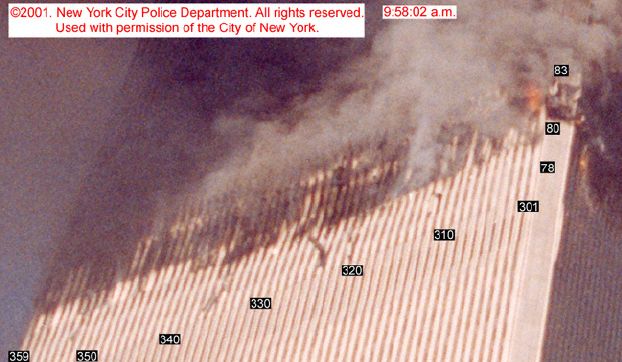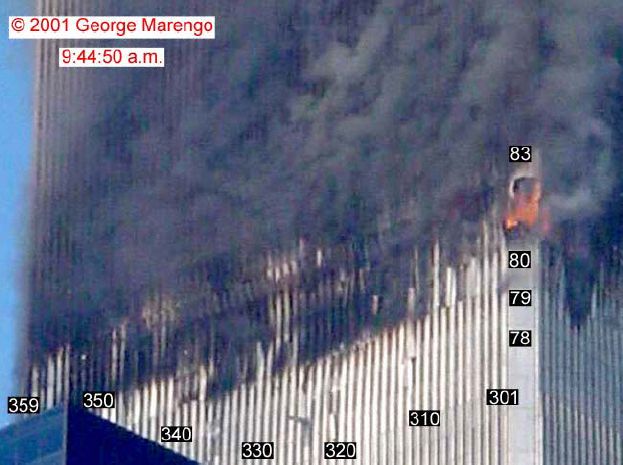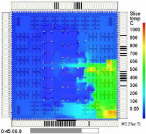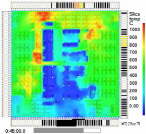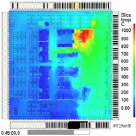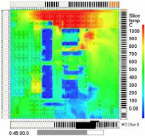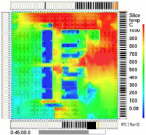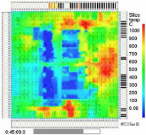|
|
| [Home] [WTC (other)] [No WTC2 inferno?] |
|
The story... Chief Palmer had reached the fire on the 78th floor of the South Tower, and devised a plan to put it out. He describes "two isolated pockets of fire", and requests two lines (hoses) to knock it down. Our take... 9:52 a.m. It seems Palmer did only see “two isolated pockets of fire” at this point, although whether there may have been fire elsewhere on the floor isn’t clear. So does this prove the fires were much weaker than claimed? Well, no. Not even close.
See the NIST document for an explanation of this. We see no claim here that Floor 78 was a “raging inferno”, then: that looks like a straw man argument. In reality the “two isolated pockets of fire” comment relates to an area that NIST concede had “only light fire activity”, and tells us nothing whatsoever about what was happening in the floors above. There are similar deceptive use of quotes elsewhere, too, for example in the case of Brian Clark: Some defenders of the official story have claimed that the fires were indeed very big, turning the buildings into "towering infernos." But all the evidence counts against this claim, especially with regard to the south tower, which collapsed first. This tower was struck between floors 78 and 84, so that region is where the fire would have been the biggest. And yet Brian Clark, a survivor, said that when he got down to the 80th floor: "You could see through the wall and the cracks and see flames . . . just licking up, not a roaring inferno, just quiet flames licking up and smoke sort of eking through the wall." Likewise, one of the fire chiefs who had reached the 78th floor found only "two isolated pockets of fire." The 80th floor wasn’t the worst affected by fire, at least later on, as we can see above. But where’s the evidence that he was actually referring to that floor? Here’s Clark’s account as told to the BBC: BRIAN CLARK: So we started down that stairway and we only went three floors. There was a group of seven of us, myself and six others. We met two people that had come up from the floor 80, a heavy set woman and, by comparison, a rather frail male. She said stop, stop, you've got to go up and she laboured up to join us moving very slowly, she was such a big woman. She said you've got to go, you've got to go up, you can't go down, there's too much smoke and flame below. He started on floor 84, got to floor 81, heard cries for help and freed Stanley Praimnath. They “carried on down”, then ran into an obstruction, but he doesn’t say on which floor. Fortunately there’s another account that delivers the information we need: I guess it took me 30 seconds to a minute to get most of the stuff away from the trapped person, until this last thing we couldn't move. That's when I encouraged him to do the jumping. I reached over the top and I looked at him and I said, ``You must jump. You've got to jump out of there.'' He jumped once and I couldn't connect with him. He jumped again and I grabbed him. I pulled him over the top and we fell in a heap and hugged. I said, ``I'm Brian,'' and he said, ``I'm Stanley,'' and we made our way back to the stairs. “Somewhere around the 77th floor”, which as we’ve seen, is well below the most affected area of the building. The fact that Clark saw no “inferno” there tells us nothing that we didn’t know already. |
| [Home] [Hijackers] [Foreknowledge] [Stand down] [WTC (demolition)] [WTC (other)] [WTC7 and Silverstein] [Pentagon] [Flight 93] [bin Ladin] [Obstructing Justice] [Afghanistan] [Others] [Investigations, more] [What's New?] |
